Destinations
Agoda shares 7 travel trends for 2025
The survey reveals a strong focus on relaxation, family-oriented trips, and the excitement of discovering new destinations as primary motivations for travelers.
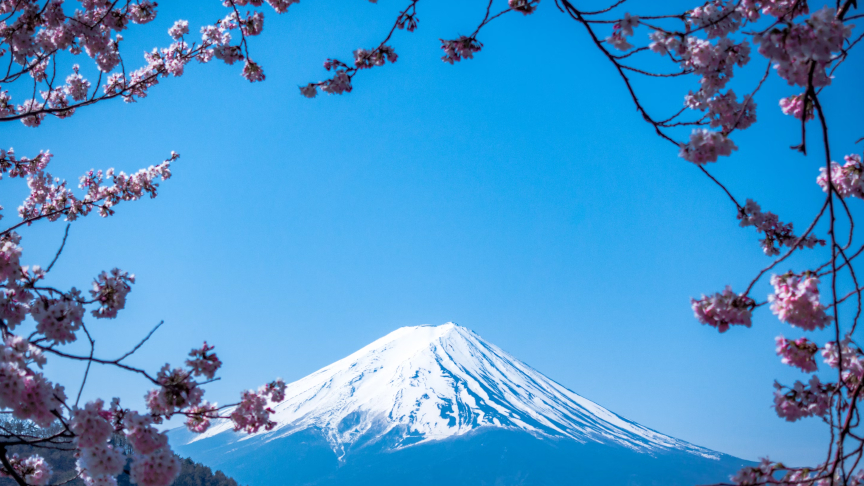
Digital travel platform Agoda has unveiled its 2025 Travel Trends survey, highlighting the key factors set to shape the travel landscape in Asia in the coming year. The survey reveals a strong focus on relaxation, family-oriented trips, and the excitement of discovering new destinations as primary motivations for travelers.
Agoda’s findings indicate that travelers are prioritizing quality time with loved ones and seeking respite from daily routines. The survey also underscores the growing interest in exploring uncharted territories. Noteworthy is the popularity of theme parks, with one in eight respondents expecting to go on a trip to visit one.
Ittai Chorev, Chief Product Officer at Agoda, said: “At Agoda, we love seeing how travelers are planning their adventures for 2025. Whether it’s unwinding with family or exploring new places, we’re here to make every traveler’s dream trip memorable and are ready to help them every step of the way.”
Seven key insights from Agoda’s 2025 Travel Trends survey:
- The more the merrier: Traveling with family tops the list
For many travellers, family time equals quality time. More than a third of Filipino travelers (364%) plan to travel with family in 2025. Indonesians are the most fervent family travelers of all, with no less than 58% expecting to go on a multi-generational trip with loved ones. Family travelers (34%) are followed by couples (23%), and solo travelers (199%) in terms of most popular travel groupings across Asian travellers.
- Easy does it: Relaxation is the top travel motivation, by far
Escaping from the hustle and bustle of daily life is by far the most important reason to travel, according to the survey. 75% of respondents cited relaxation as their most important travel motivation. Singaporeans desire relaxation the most (87%). While in the Philippines , adventure and activities follow in second (48%), with visiting family and friends in third (45%).
- Computer
says ‘yes’: Tech assisting in travel planning
Technology is playing a pivotal role in shaping travel plans. A substantial majority of Filipino travelers (870%) plan to use travel apps, while about one in eight (14%) are interested in virtual reality tours. Indian travelers appear to be most tech-savvy, with nine out of ten respondents claiming the use of travel apps when booking a trip.
- Travel
For Less: Journey more, spend smart
Budget considerations remain a key factor among Filipinos, with a significant portion of travelers (74%) planning to spend less than $250 per night on accommodation. But price is not a barrier to international travel -88% of travelers expect to take the same number of trips or more compared to 2024, with most of those journeys crossing borders (52%). Perhaps unsurprisingly, travelers from Hong Kong expect to travel internationally the most (82%). More than a quarter of respondents (27%) plan to travel both domestically and internationally.
- In and
Out of Office: Traveling on and off the clock
In addition to traditional business trips, which 23% of Filipino respondents expect to embark on, the survey also picked up on the emergence of digital nomads, borderless workers who work remotely. 1 in 25 expects to work remotely in 2025, with a focus on combining work and leisure, as more companies adopt flexible work arrangements. Most prospective digital nomads in the region are from the Philippines, where one in fourteen travelers expect to work while traveling.
- #Inspiration:
Many ways to discover new destinations
There’s nothing quite as exciting as exploring a place for the very first time. 84% of travelers expect to visit new destinations in 2025. Travel inspiration can come from many sources including personal interests and hobbies (70%), great value deals (37%), and recommendations from friends and family (34%). One in five (23%) gets their travel inspiration from social media, with Malaysians and Indonesians most inspired by Instagram and the likes (both at 29%).
- Life is a rollercoaster: Theme Parks are a reason to travel
Asia’s many theme parks – Disney in Tokyo, Shanghai, and Hong Kong, Lotte World in Seoul, Universal in Osaka and Singapore, Ferrari World in Abu Dabhi, to name a few – are a major draw for year-round tourism. Over one in eight travelers (13%) expect to travel specifically to visit a theme park in 2025. Indonesians seem most excited by the prospects of rollercoasters and amusement, with one in five expecting to travel for theme parks.
Agoda’s offerings, including over 4.5 million holiday properties, more than 130,000 flight routes, and over 300,000 activities, provide travelers with the flexibility to tailor their trips to their unique interests and preferences. For more information and to take advantage of the latest deals, visit Agoda.com or download the Agoda app.
Travel
Checking the London Underground
UK’s London Underground serves millions every day, an example of a working train system (that we do not have in the Philippines). Sadly, 1 in 5 LGBTQIA+ travelers experience crime while using it, and 65% did not merit support from bystanders.
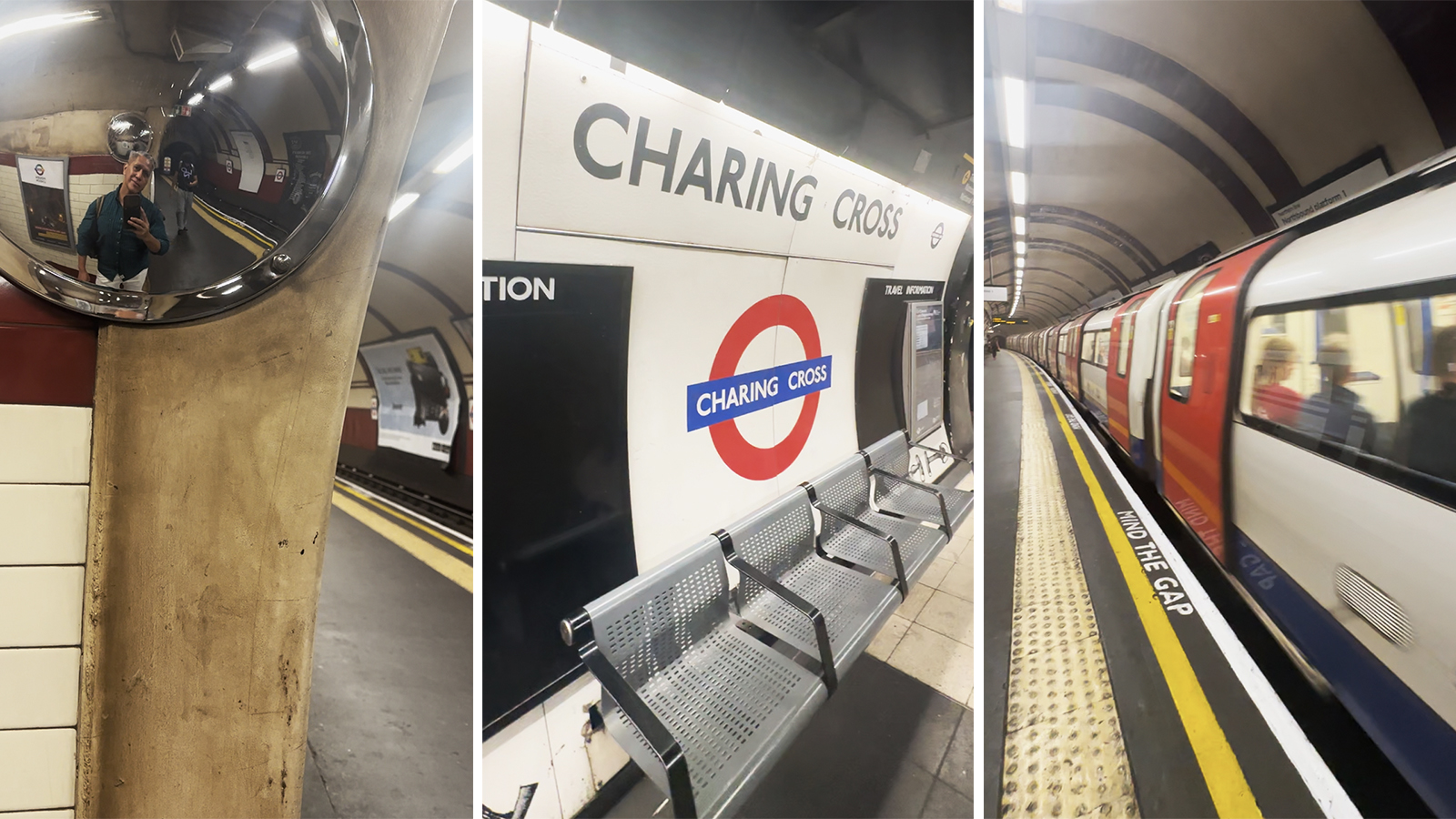
One way for Filipinos who are able to travel overseas can tell how bad our public transport system is, is by comparing the trains. We were invaded by White people in 1521, but – even now – we still only have three train lines.
@outragemag Check #LondonUnderground #trains in #London, aware it could be unsafe for #LGBT ♬ original sound – Outrage Magazine
UK, as an example, has the London Underground. Managed by Transport for London, this started in 1863 as the world’s first underground passenger railway. It now has 11 lines with 250 miles (400 kilometers) of track, with its 272 stations serving around five million passengers every day.
This isn’t a perfect system. Obviously, this is London-centric. It only serves the Greater London area, and some parts of the adjacent counties of Buckinghamshire, Essex and Hertfordshire in England. This is like saying na wala ngang LRT or MRT sa Bulacan o Cavite o Antipolo eh, and this lack highlights the exclusion of those also in need of proper public transport.
Looking at London’s train system through the LGBTQIA+ lens is actually disheartening… particularly if we talk not only about possibly meeting booking while riding trains. In 2023, London TravelWatch released a report that revealed that when LGBTQIA+ people used public transport:
- One in five (21%) experienced hate crime in the past year while travelling on public transport in London
- Four in five (82%) respondents changed their behavior or appearance to ‘fit in’ so they avoid abuse or harassment when travelling
- 65% of those who experienced abuse or harm when travelling in London said bystanders witnessed the incident but did not intervene
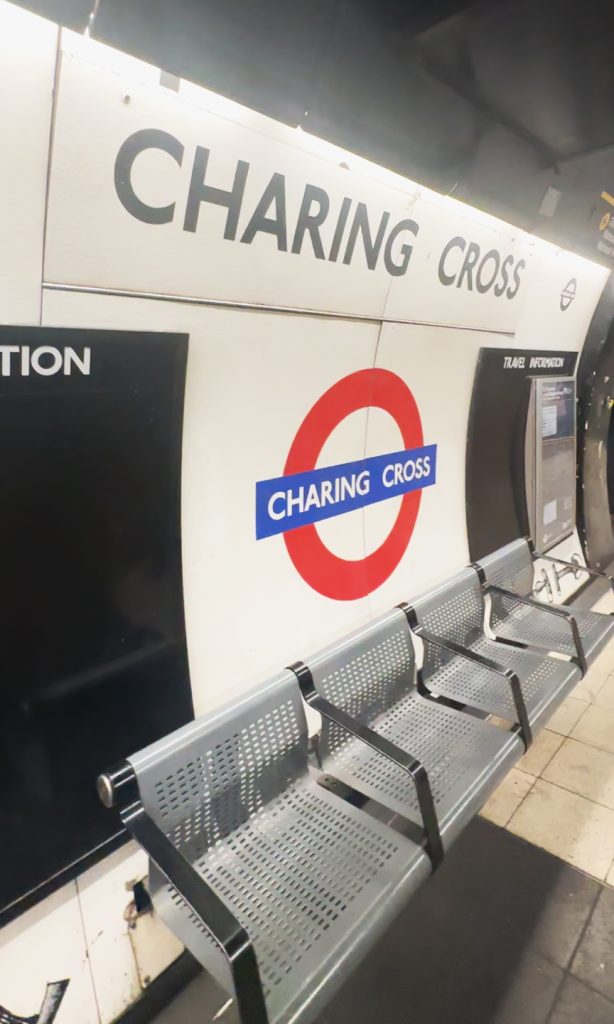
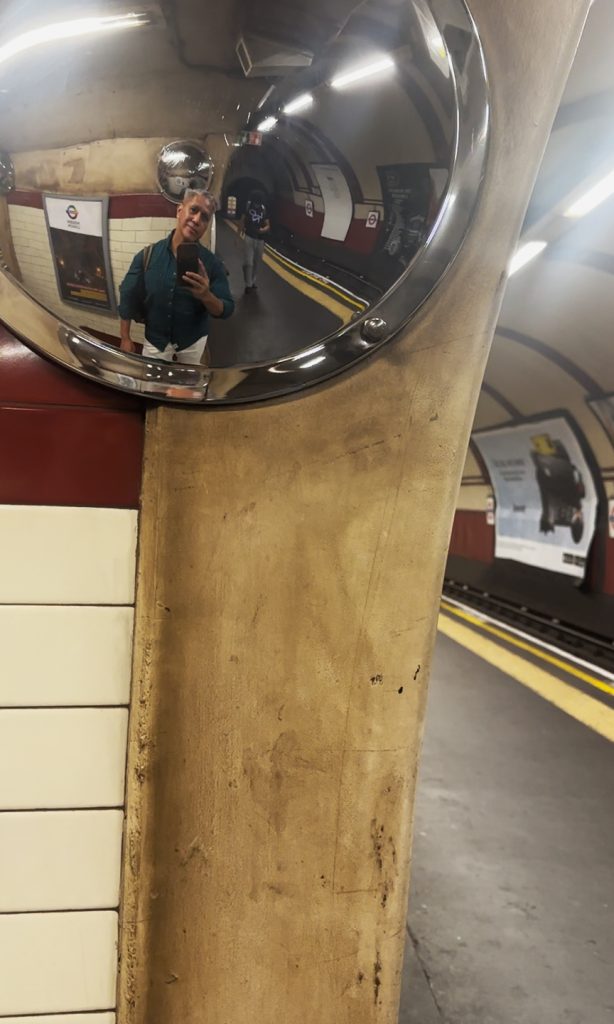
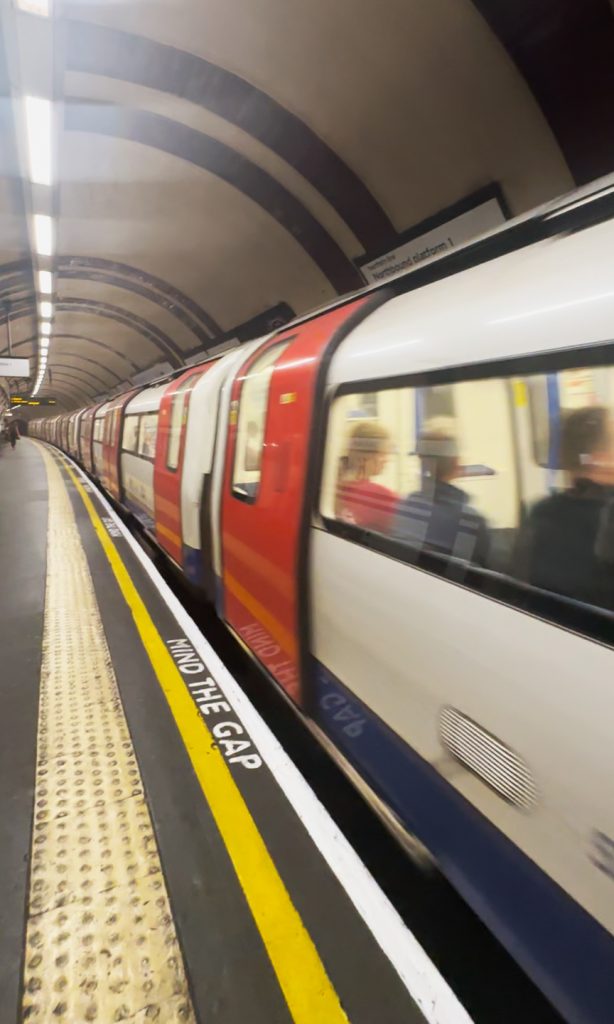
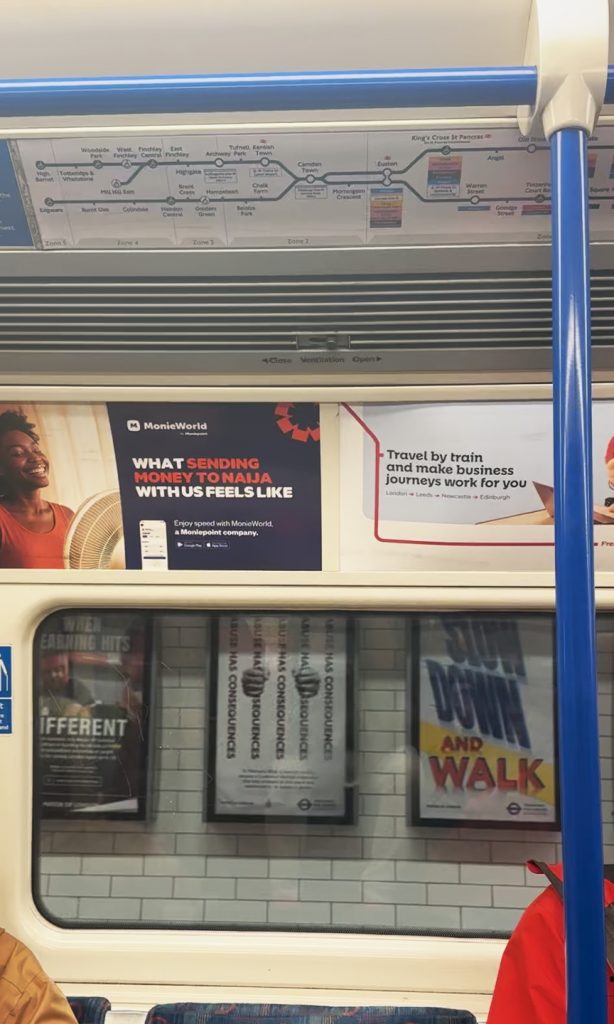
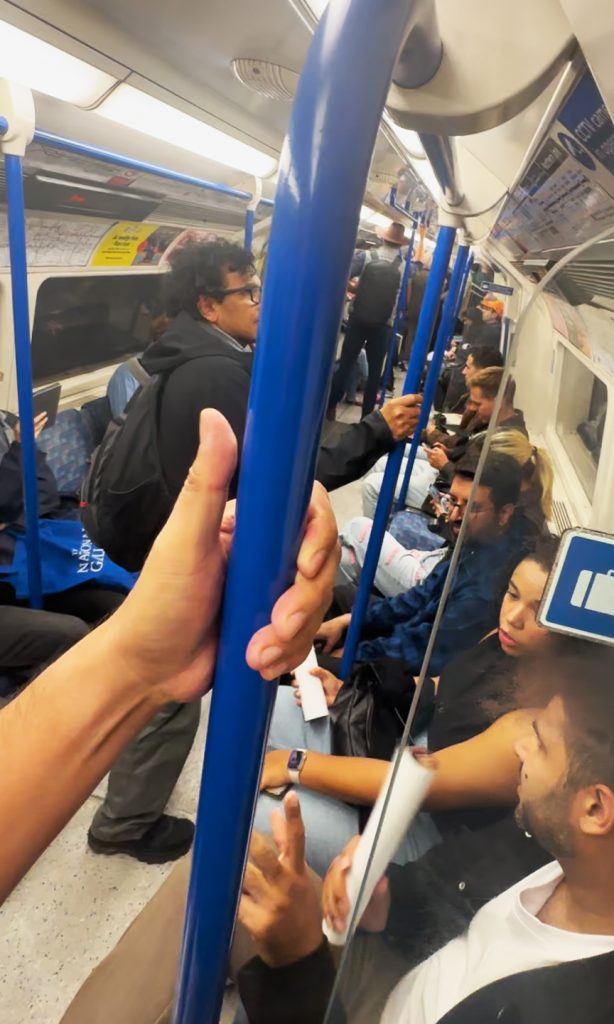
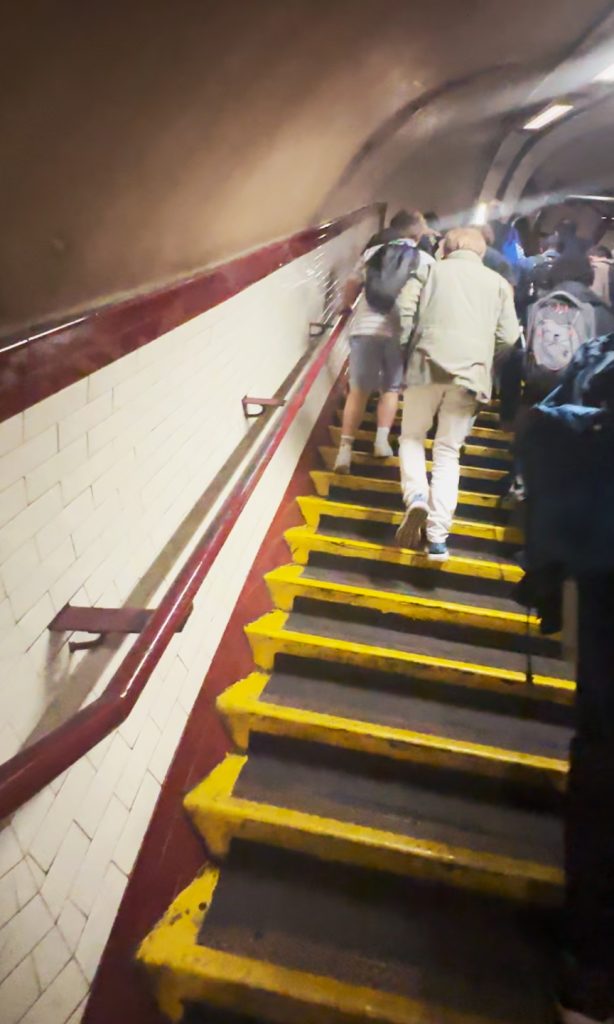

Lesson learned lang din: that even in spaces that better people’s lives, like a working train system, there are minority sectors that could be disadvantaged. And so this must always be considered to make sure all spaces are truly inclusive.
But off we go for more LGBTQIA+ rampa…
Destinations
London has The Monument to remember the fire that destroyed the city, but failed to learn lessons from what happened
Do you know of the #GreatFireOfLondon? #London has a monument for that but some anti-minority (including #LGBT) lessons are not learned.
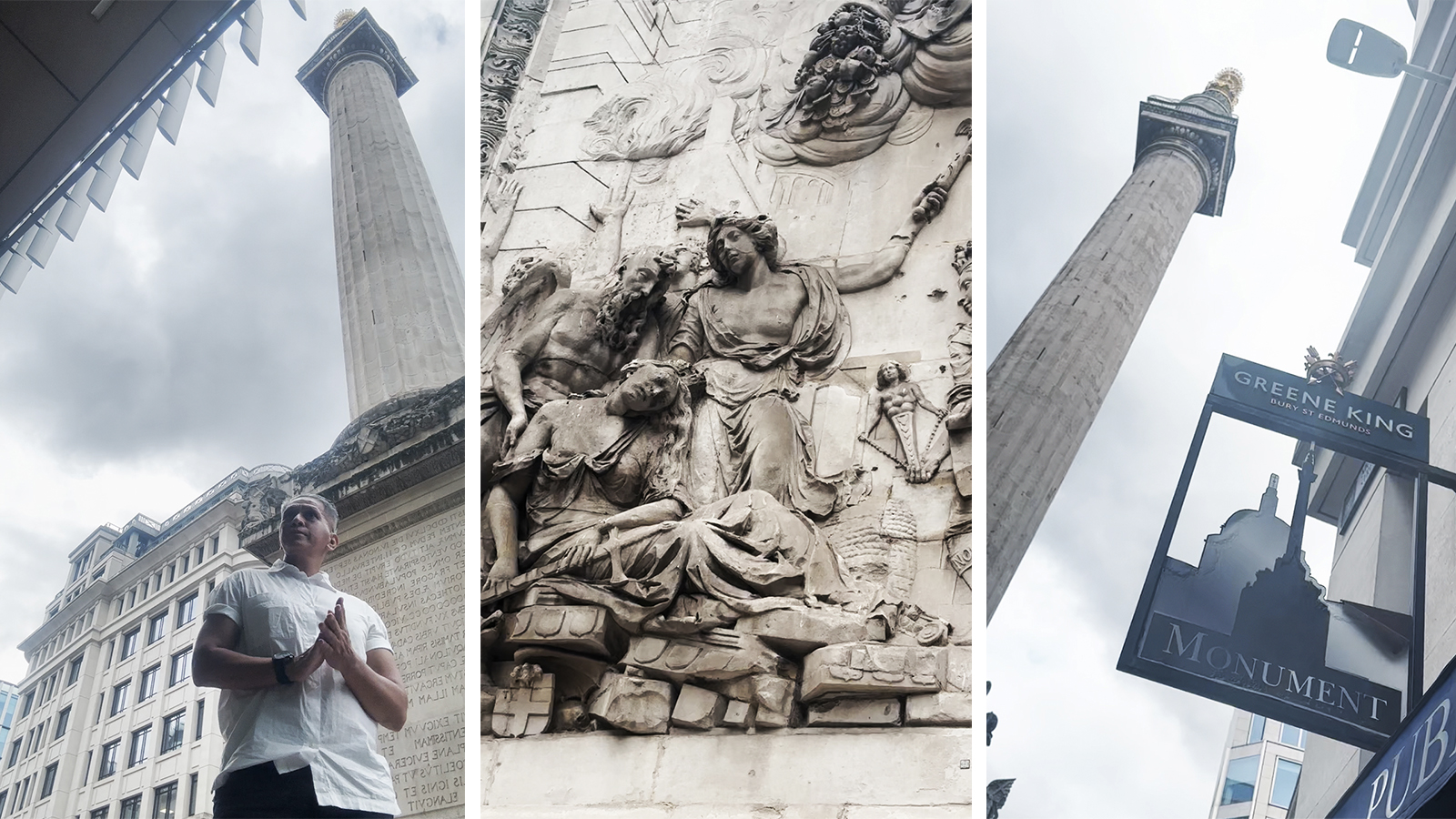
In London in 1666, fire broke somewhere in Pudding Lane, with the blaze raging for days to – basically – gut the medieval City of London inside the old Roman city wall, though eventually extending past the wall to the west of London, and then swallowing almost the entire city.
@outragemag Heard of #GreatFireOfLondon before? #London has #TheMonument for that even if anti-minority (including #LGBT ♬ original sound – Outrage Magazine
The death toll, or yung dami ng namatay, is still contested even now. But some things are generally accepted as true, including:
- How the fire started in the bakeshop of the king’s baker, Thomas Farriner. So he is now eternally blamed for the fire, kahit na baka naman nakatulog lang siya dahil sa pagod sa trabaho. His boss nga eh, the king, did not know a single day of work because his position of power and wealth that came with it were inherited.
- The mayor at that time, Thomas Bloodworth, actually hesitated to make moves to stop the fire, though this is something we already expect from our politicians who – surprise, surprise – still manage to get elected anyway.
- There was blaming of the “others”, including immigrants, homeless people, and so on for causing the fire; this blaming of non-Whites is still common in the UK even now, even if the real abusers are those in positions of power as they make us fight among each other while they live in abundance.
Anyway, to commemorate what they now call as the Great Fire of London, and to mark na rin the rebuilding that followed, they established the Monument to the Great Fire of London. Also called as The Monument, it’s at the junction of Monument Street and Fish Street Hill.
Designed by Robert Hooke, and completed in 1677, The Monument is a column built of Portland stone, with a gilded urn of fire topping it. There is a viewing platform near the top, na ma-a-access through a narrow winding staircase of 311 steps.
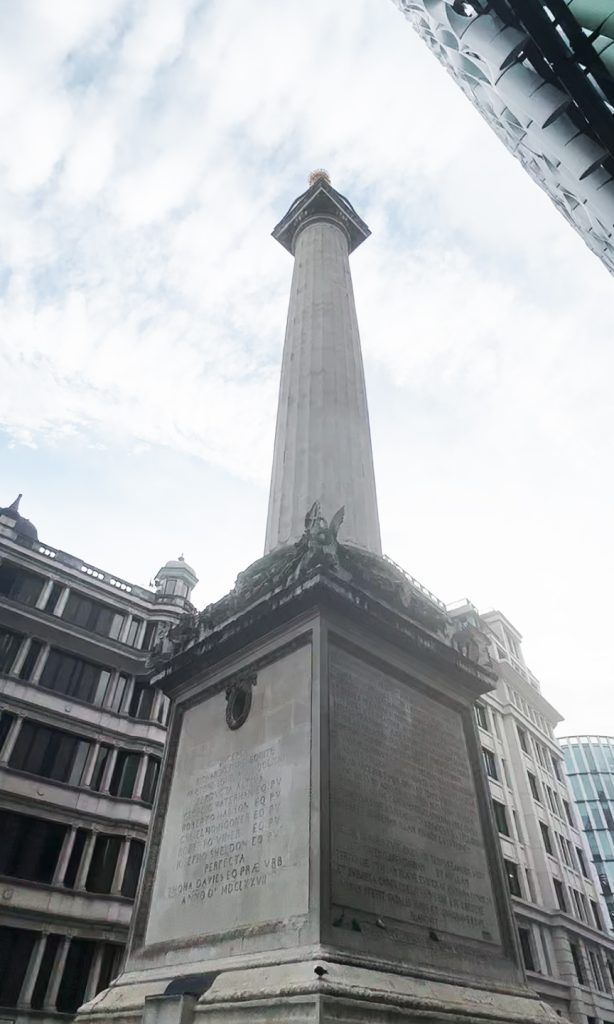
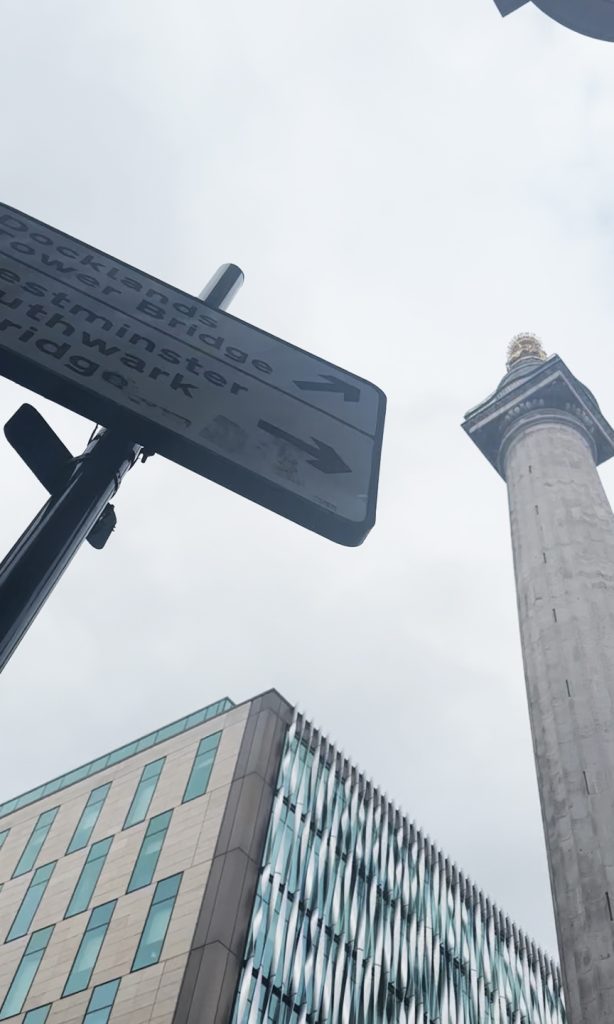
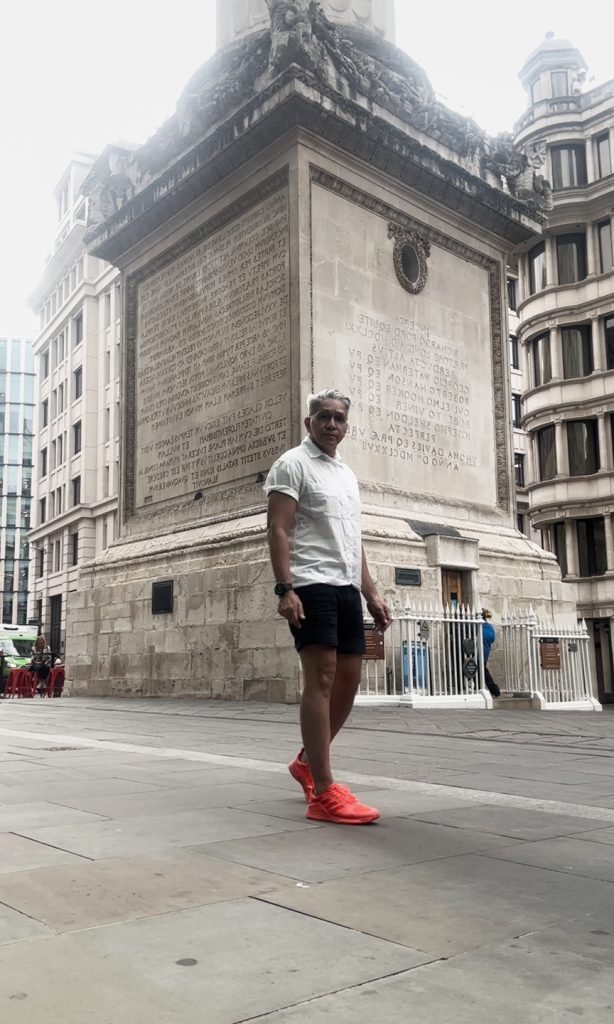
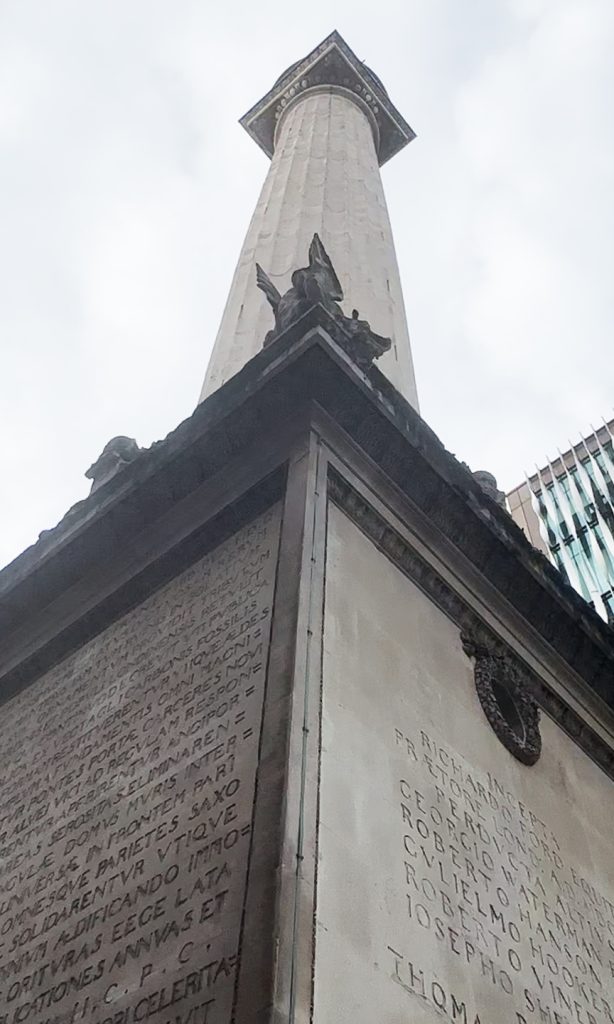
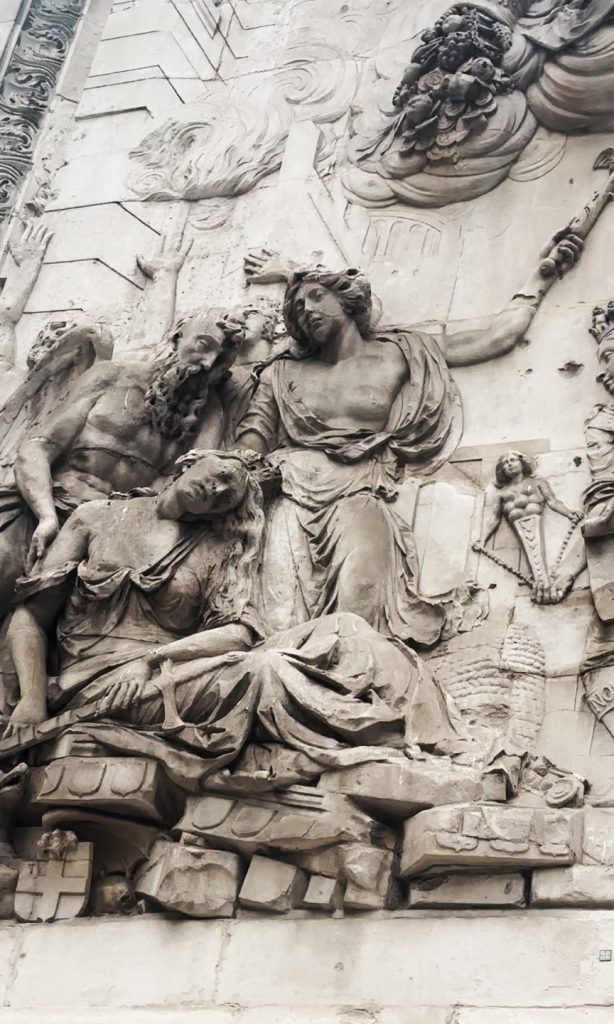
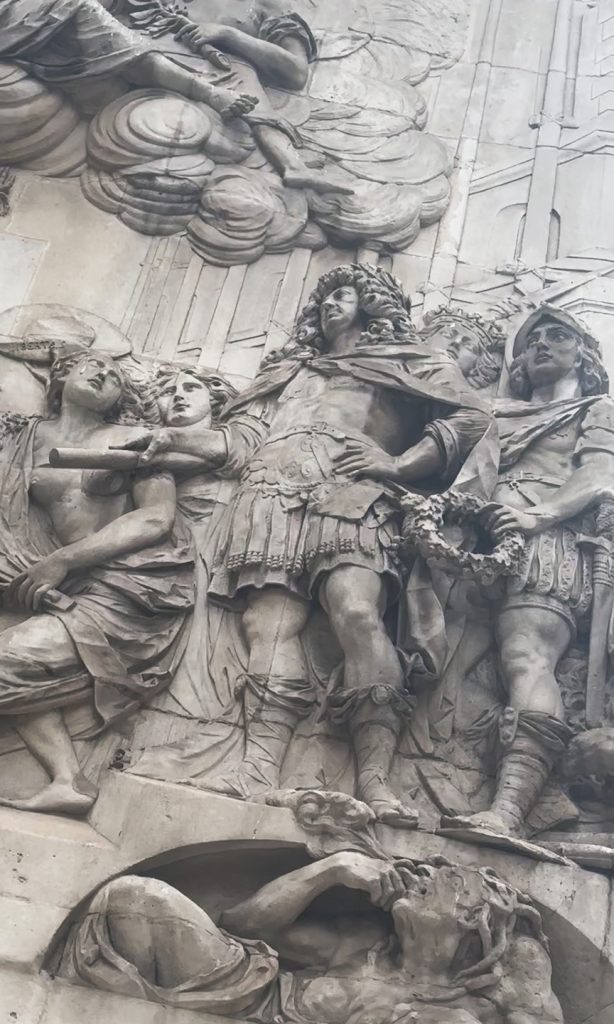
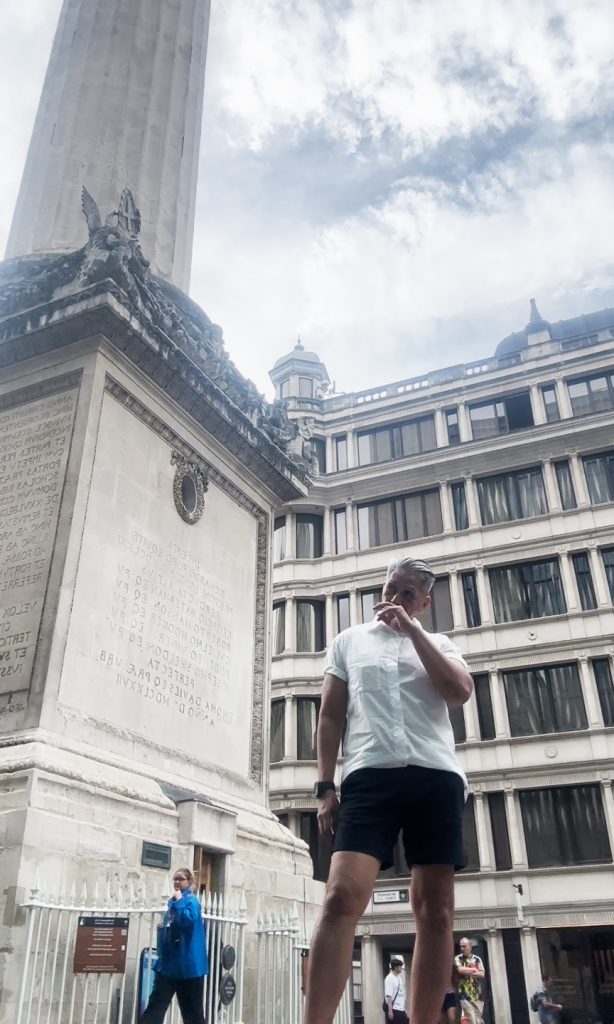
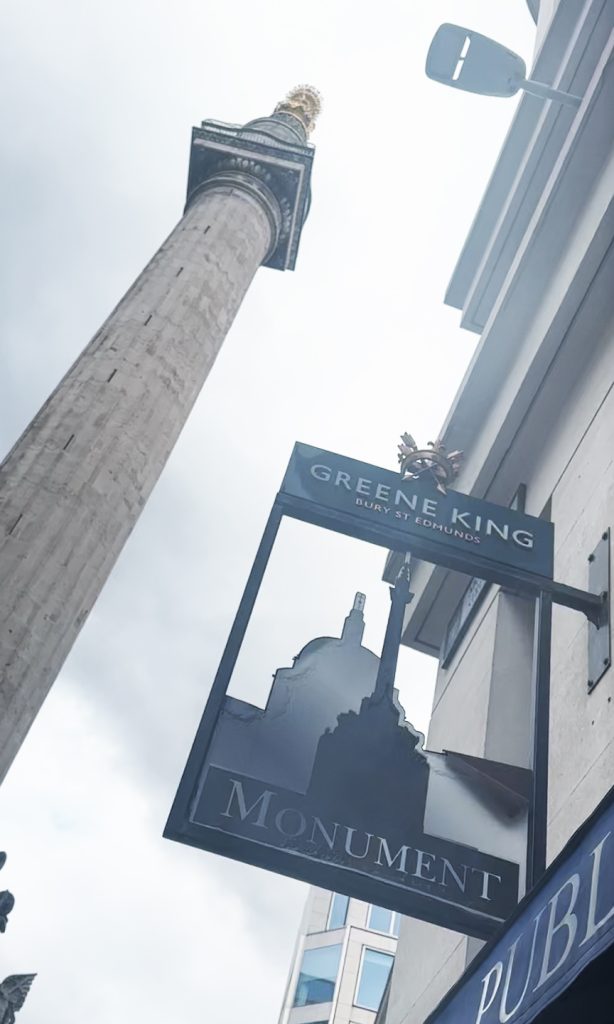
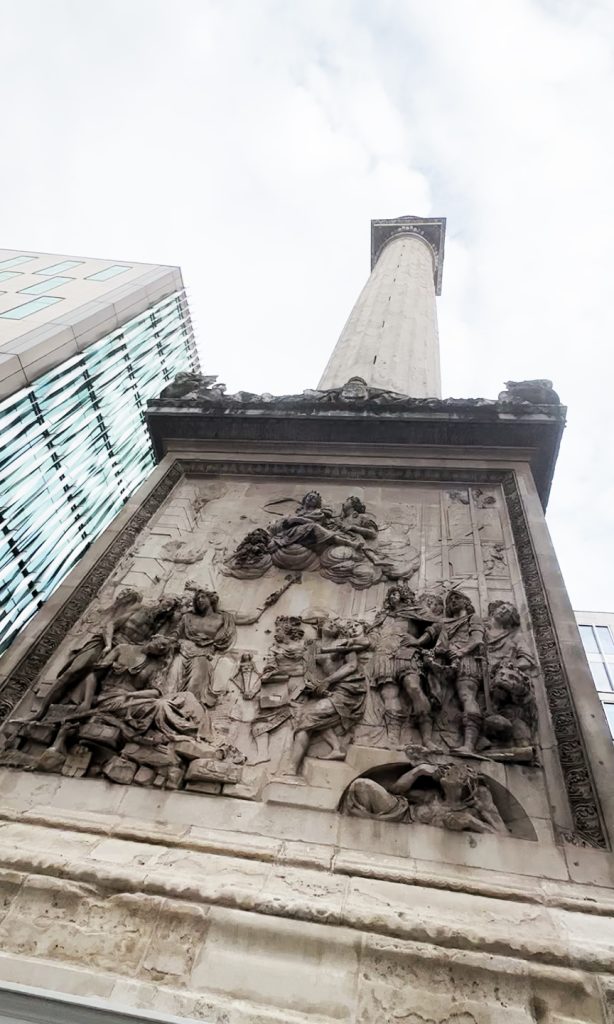
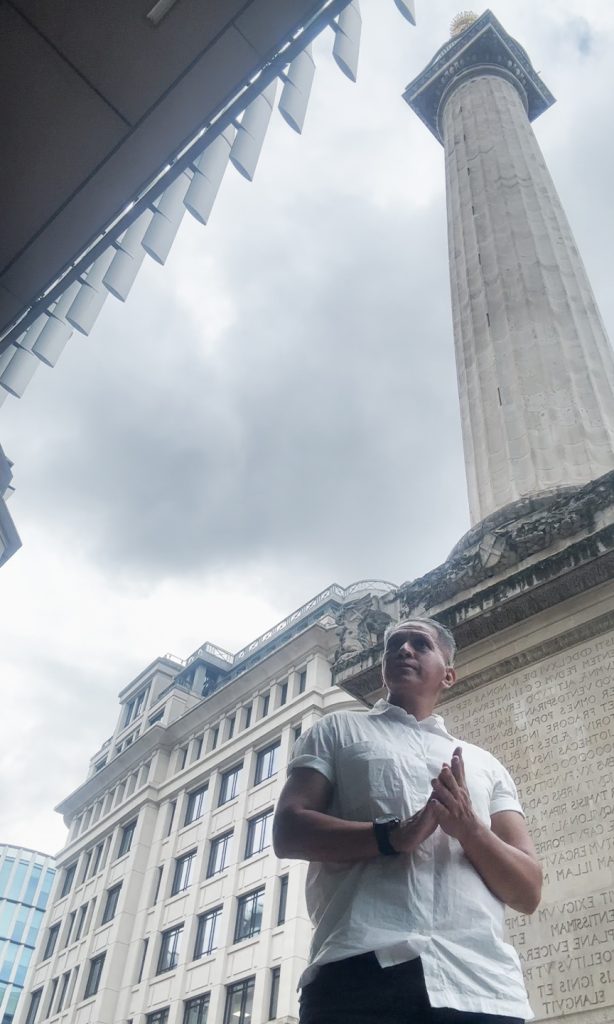
Sa Pilipinas, wala nga tayong great fire, but we have the never-ending ultra-great floods. Our politicians don’t care, too, focusing sa pagpapayaman through nakaw. But we don’t have markers; instead, we just have ruined lives. So yung lessons all the way from 1666, all the way from London, walang nakakarinig, as we all just look at the monuments and not their lessons…
But off we go for more #LGBTQIA+ rampa…
The Monument is located at the junction of Monument Street and Fish Street Hill in the City of London.
Destinations
Your idea of the ‘London Bridge’ is false… thanks to erroneous marketing pandering to our lookism
If you think of the #LondonBridge’, the idea that emerges is the #TowerBridge, thanks to our #lookism abused by misdirected #branding #marketing. Discovered during this #LGBT wandering.
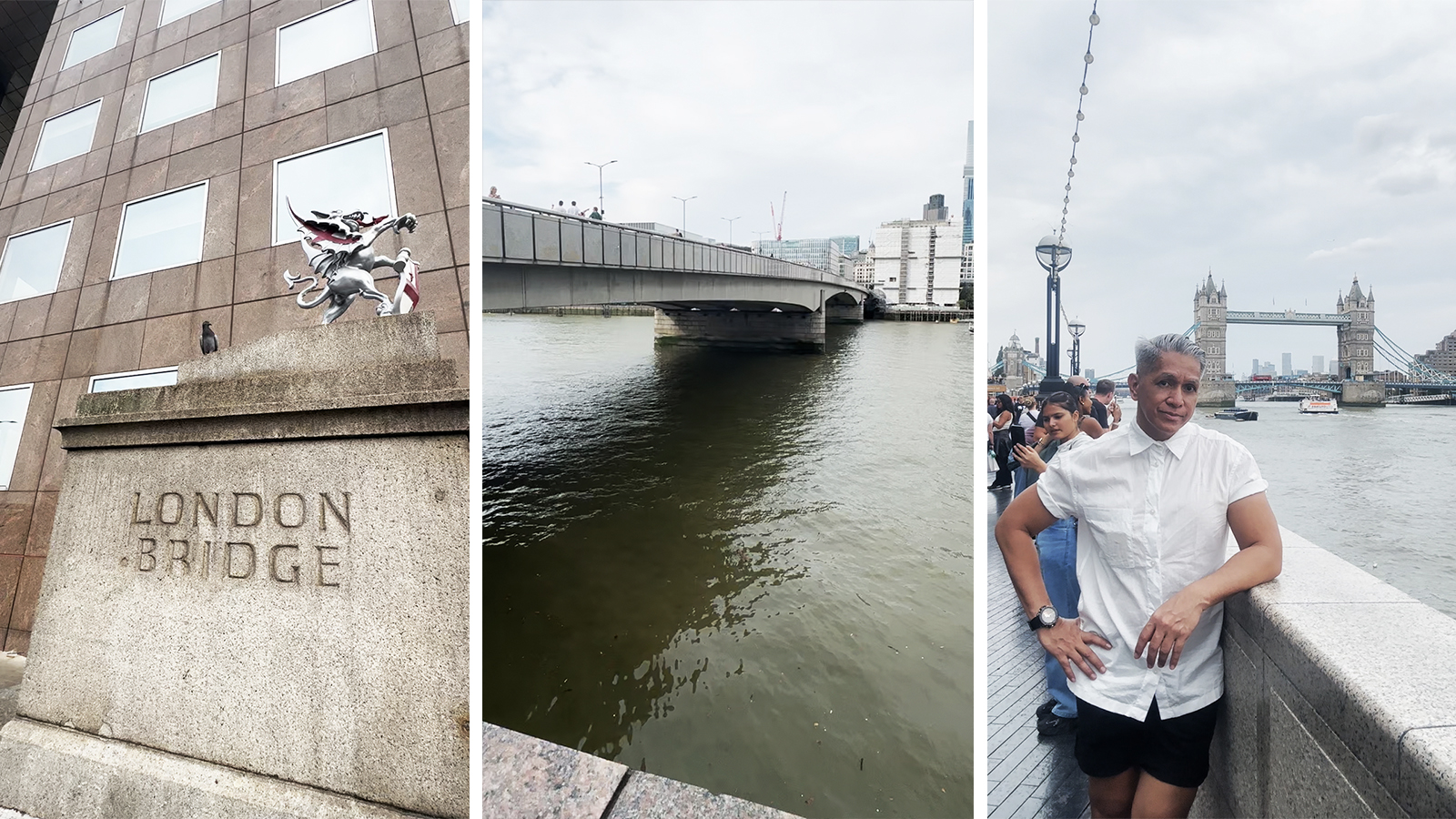
There’s a phenomenon called the Paradox of Information, wherein – surprisingly – the abundance of information actually leads to poorer decision-making because of reduced intelligence because of the superficial understanding of complex issues.
So while you can Google information, comprehension is a completely different matter altogether.
Case in point? The London Bridge in England.
@outragemag Did you know there are 2 #London bridges? The popular #LondonBridge is the #TowerBridge, discovered during this #LGBT #travel ♬ original sound Outrage Magazine
So… for those who do not know, the image associated with the London Bridge is actually the Tower Bridge. Erroneous linking lang due to branding; that is, the London Bridge may be the most famous bridge in London, but the bridge that has been used to promote London is a different bridge altogether, the Tower Bridge.
Magkatabi lang sila; they’re near each other, along River Thames.
London Bridge is the oldest river crossing in London, and mahaba ang history nito.
Timber bridges were built by the Romans over 600 years ago. This was followed by a 600-year-old stone-built bridge. Then there’s the 19th century stone arched bridge designed by Scottish civil engineer John Rennie. Then the concrete and steel bridge in use today was opened by the late Queen Elizabeth II in 1973.
The thing is: this bridge may be historical, but it looks common.
Which is why you don’t see it in movies or postcards or socmed uploads and so on.
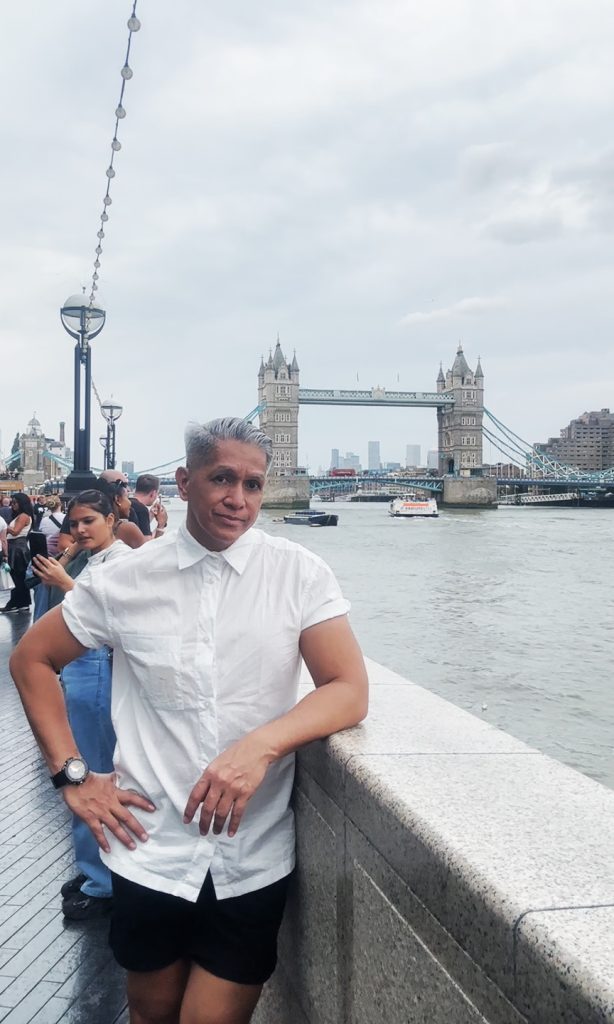
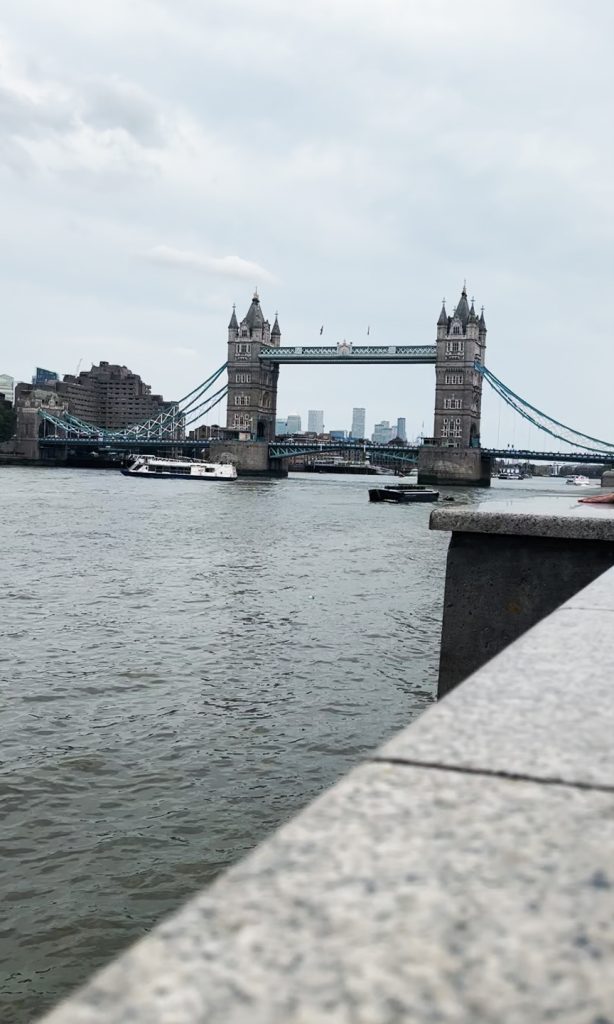
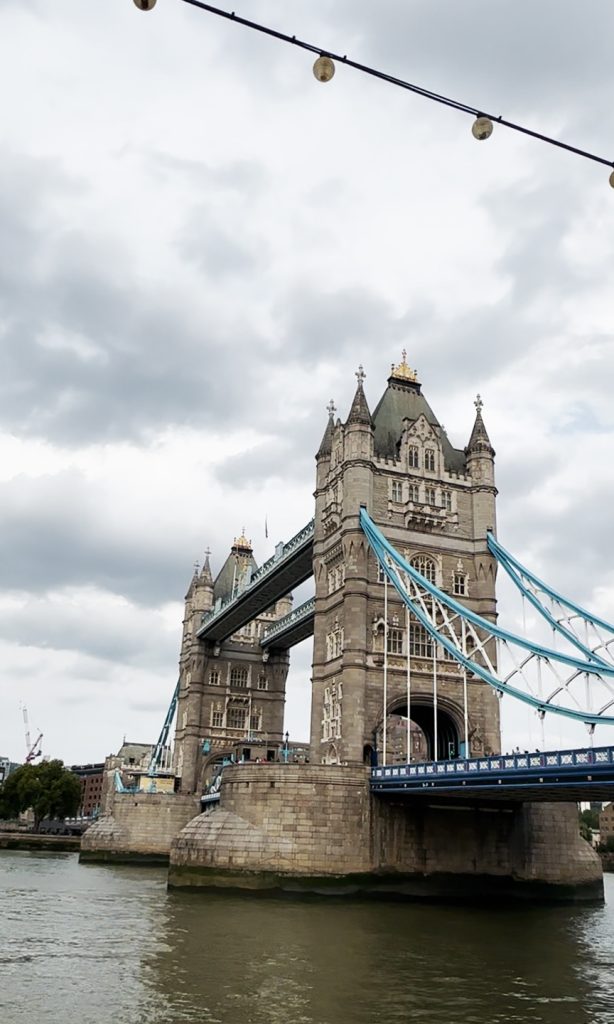
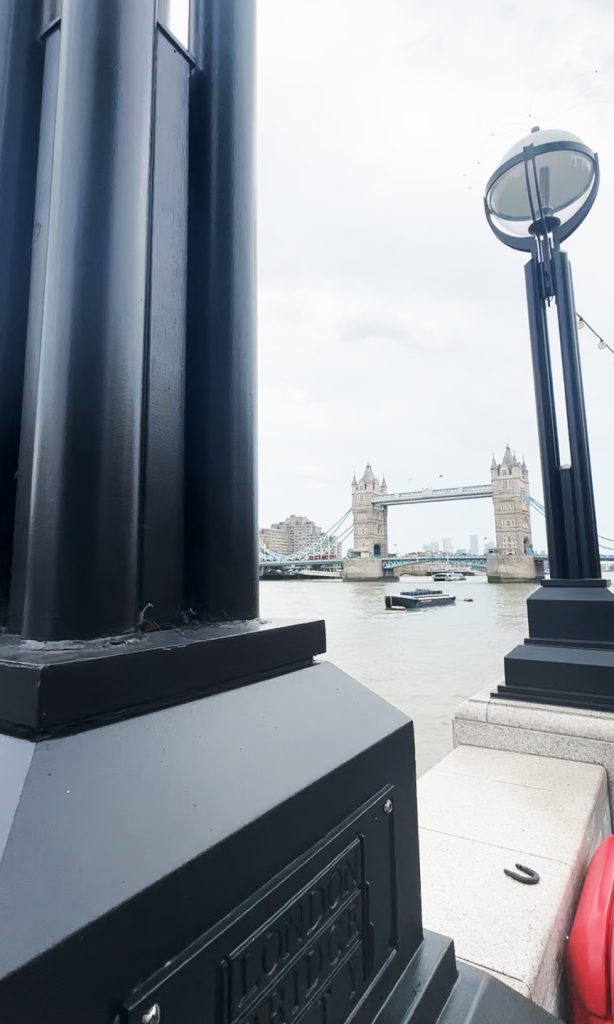
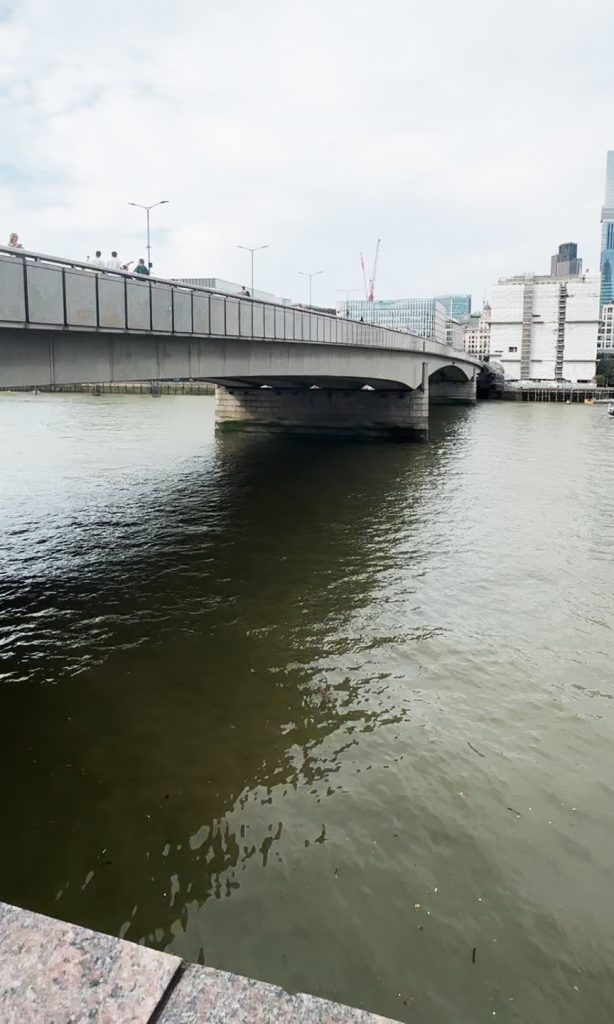
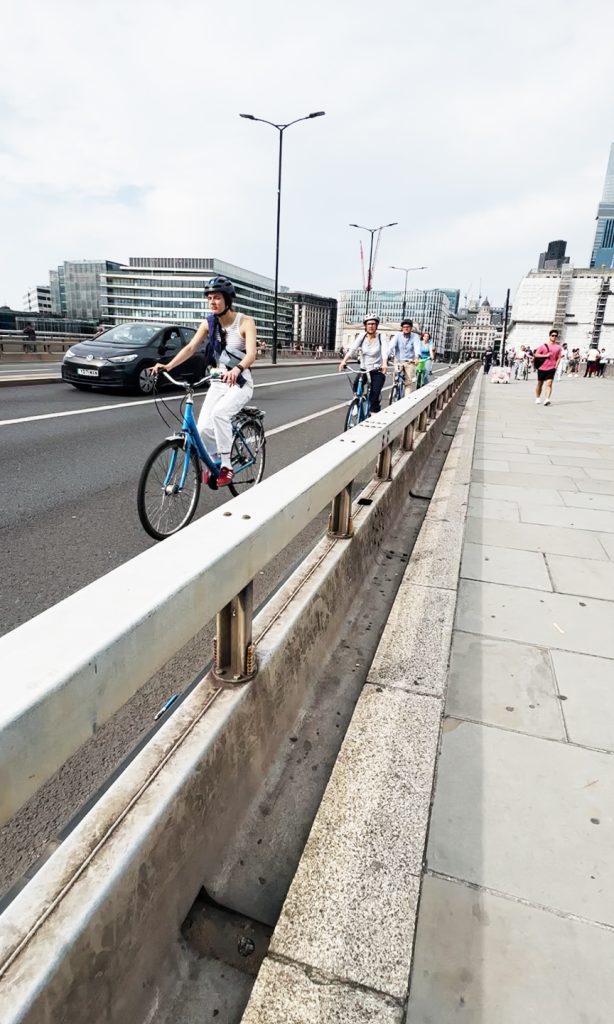
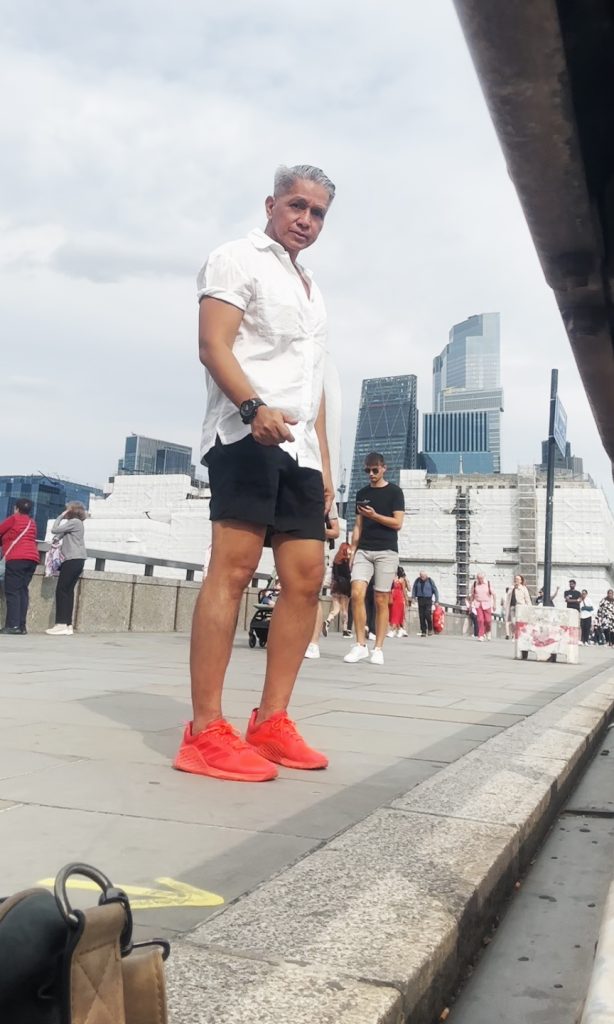
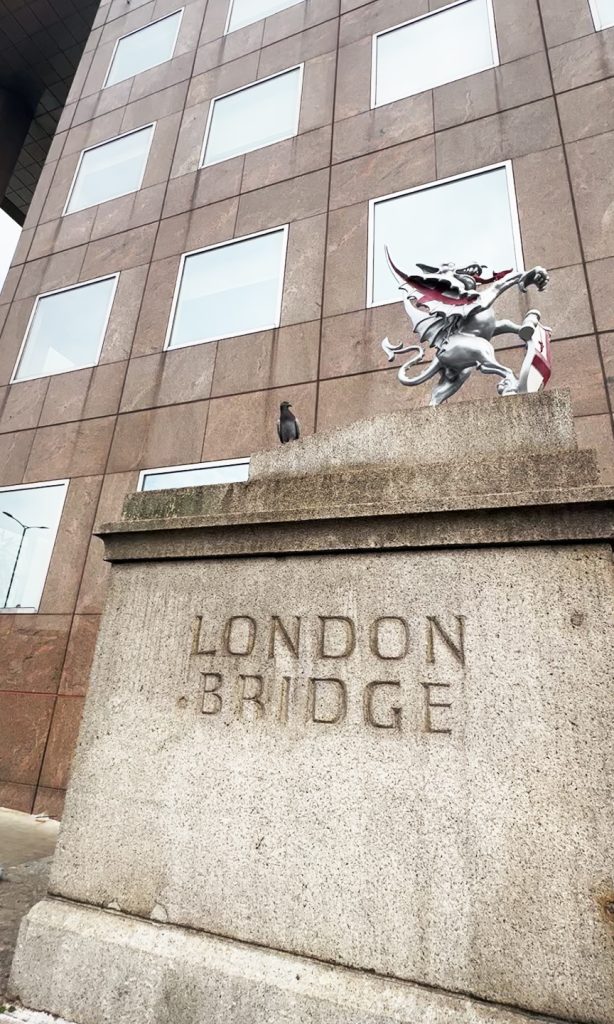
Instead, you see the Tower Bridge.
This one was built in 1894, with a Neo-Gothic design that blends with the Tower of London. This was designed by Sir Horace Jones, and helped implemented by Sir John Wolfe Barry.
So eto na nga… there are some lessons to be learned here:
- Just because we think we know, doesn’t mean we do.
- That ang laki ng impact ng marketing sa buhay natin, changing the ways we perceive the world.
- That we can all be lookist; mas sikat ang mas maganda, even if mas historical ang di kagandahan.
- And yet… we can learn naman.
So off we go pa for more #LGBTQIA+ rampa…
-

 NewsMakers4 weeks ago
NewsMakers4 weeks agoUnderstanding hypertrophic cardiomyopathy
-

 Pet Care4 weeks ago
Pet Care4 weeks agoBack-to-school season can be ruff on pets
-

 NewsMakers4 weeks ago
NewsMakers4 weeks agoPlant-based nutrient improves immune cells’ ability to fight cancer
-

 Home Care4 weeks ago
Home Care4 weeks agoExplore the benefits of a bathroom upgrade
-

 Nutrition4 weeks ago
Nutrition4 weeks agoProtein-packed sweet treats
-

 Nutrition4 weeks ago
Nutrition4 weeks agoPower your summer with 100% orange juice
-

 Destinations3 weeks ago
Destinations3 weeks agoFinding Neverland in London
-

 NewsMakers4 weeks ago
NewsMakers4 weeks agoForget materialism, a simple life is happier: research
























